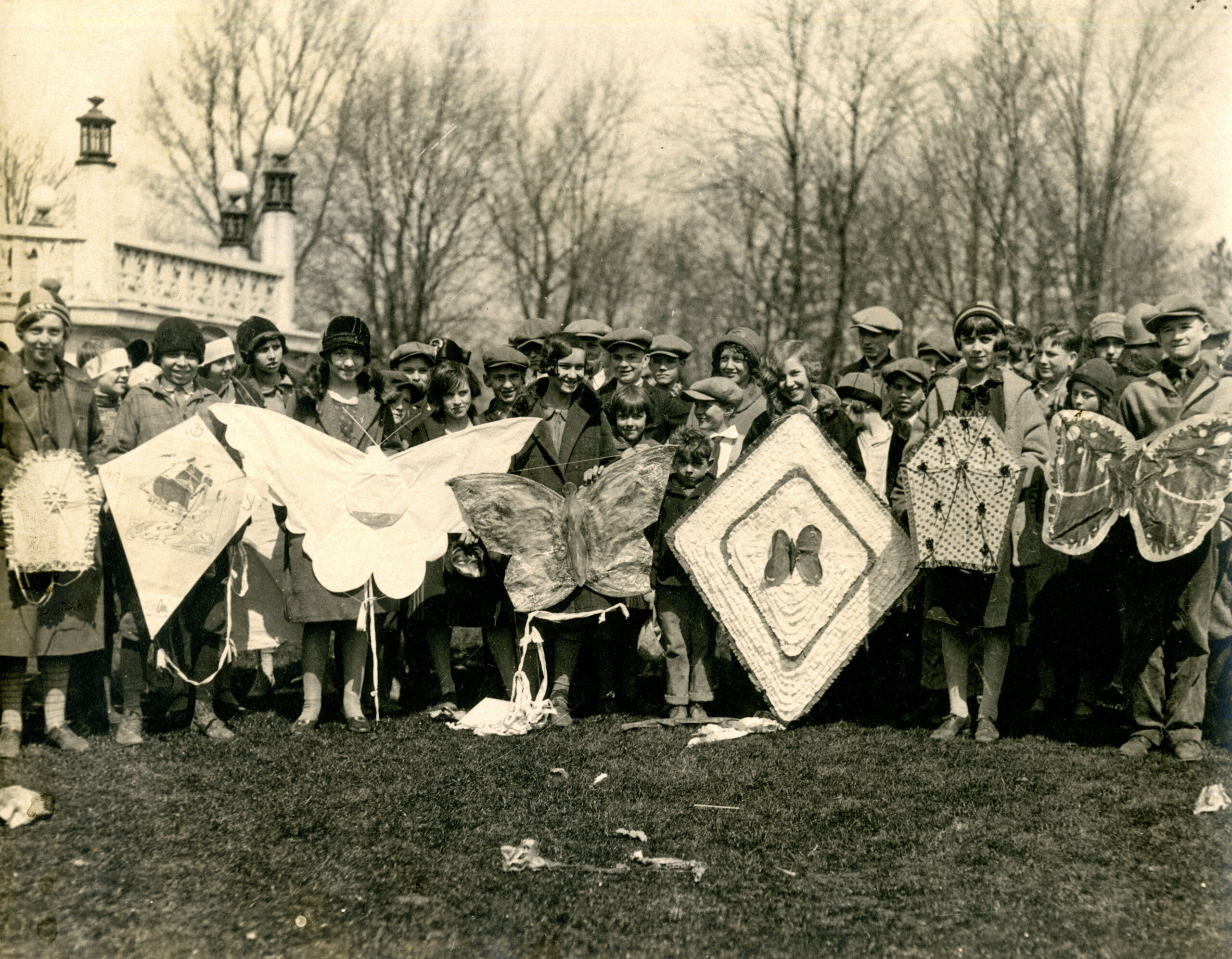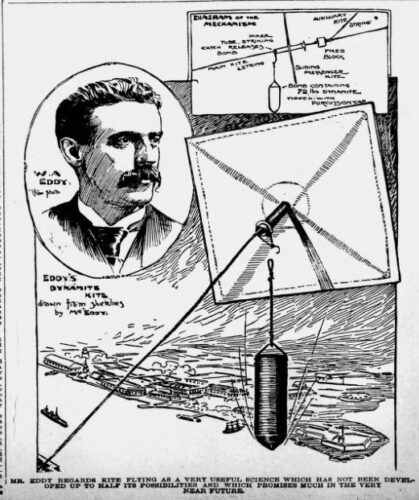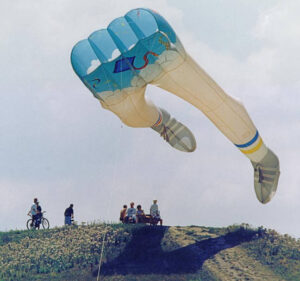April is National Kite Month!

April is National Kite Month! Chosen because it symbolizes hope, potential, and joy, April is also the first full month of spring and a time when many people are eager to put the snow and cold of the winter behind them and get out to enjoy nature and some fresh air.

The history of kites and kite flying began many centuries ago in Asia. The earliest written account of kite flying is in China in 200 BC, supporting China’s claim to the origin of the kite. The Chinese General Han Hsin of the Han Dynasty flew a kite over the walls of a city he was attacking to measure how far his army would have to tunnel to reach past the defenses. Kite flying was eventually spread by traders from China to Korea, and across Asia to India. Each area developed a distinctive style of kite and cultural purpose for flying them. During the Silla Dynasty of Korea, around the year 600, General Gim Yu-sin was ordered to subdue a revolt. However, his troops refused to fight because they had seen a large shooting star fall from the sky and believed it to be a bad omen. To regain control, the General used a large kite to carry a fire ball into the sky. The soldiers, seeing the star return to heaven, rallied and defeated the rebels. Kites were brought to Japan about the 7th century by Buddhist monks. They were used to avert evil spirits and to insure rich harvests. The earliest evidence of Indian kite flying comes from miniature paintings from the Mogul Period around 1500. A favorite theme was of a young man skillfully using his kite to drop messages to a lover who was being held in strict seclusion from him and the rest of the world.

There have still been some advancements like Peter Powell’s dual-line stunt kite in 1972, and Peter Lynn’s inflatable theme kites and three-wheeled kite buggy in 1985. Today, the kite is mainly used for entertainment and sport and they are made in all manner of shapes, sizes, and colors in factories down to children’s classrooms.
Thank you to Ashely Rodriguez, Digital Projects Coordinator at the Ohio History Connection, for this week’s post!



Leave a Reply
You must be logged in to post a comment.